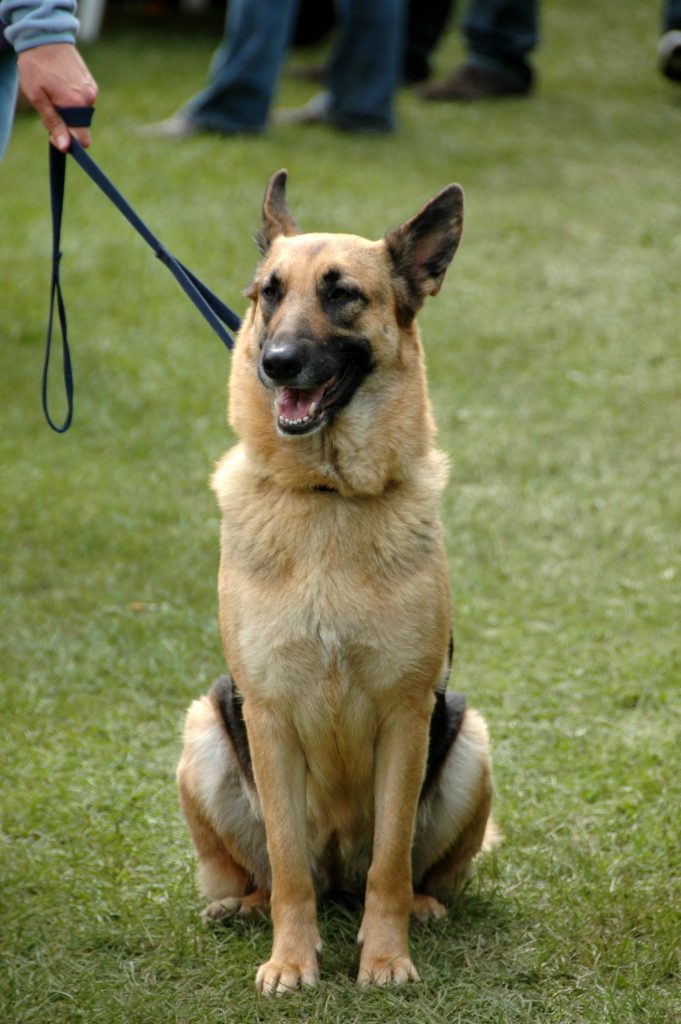There is a belief amongst many dog owners that dogs are inherently supposed to know how to walk on a leash; however, that is more often than not the case especially if you have a shelter dog, and chances are that you will probably have to train them. Here are some tips that are going to help your dog master the art of walking on a leash.
Before You Start

Credit: Wikimedia
The pre-leash stage is as important as the training exercises and whatnot. Here you check the fact that the leash and other equipment that you need is in order. In case you need to buy a leash or any other equipment for that matter, I recommend checking out Kustom-Fit Halters, as they have a wide variety too choose from.
Introducing Your Dog to the Leash
The first thing you do is monitor your dog’s behavior there may be times when he tugs at the leash and tries to break free, but at other times he will prod along and walk with you. In psychology there is a term called as Pavlov’s dog which refers to positive reinforcement and behavior modification. We basically are trying to achieve the same results. By rewarding the dog every time the leash goes slack. Give him a treat and a pat on the back to make sure that he repeats the behavior again and again till it becomes a habit.
A Cue

Credit: Wikimedia
Let’s refer to Pavlov again, what Pavlov did was introduce a cue to let the dog know that food is coming, and his mouth would start to salivate. Similarly what you are going to do is use a clicker or some other means to let the dog know that food is nearby. The second he looks at you and adheres to your command reward him with a treat.
Reinforce

Credit: Public Domain Pictures
By now I am assuming that you have got the basics down to a notch however it is understandable if your dog is not repeating the behavior as often as required, and it’s probably going to take a lot of love and patience for him to master the desired behavior. Remember dogs have a short attention span, and hence their mind diverts within seconds, make your dog come to you by backing up a few spaces and then allow him to come to you, the second he does that again reward him with a treat.
Practice

Credit: Geograph
Once you have got the basics mastered regularly practice with your dog around 25 minutes daily, teach him about the behavior expected of him, and guide him at all times. Behavior reinforcement is largely successful if it’s done on a regular basis, and done in an environment which fosters growth and learning. Offer your dog treats and praises every time he comes to you with a leash on, and ensure that he can practice in a distraction free environment.
It’s Time to go Outside
It’s now time to head to the great outdoors, and put your dog’s skills to the test. Remember that you are bound to be confronted with new challenges as your dog gets accustomed to the new surroundings (chasing squirrels is particularly troublesome), but you can overcome this with love, patience and some training. Remember to follow these tips, to ensure that your dog has no trouble at all whilst walking on a leash.
Leave a Reply
You must be logged in to post a comment.